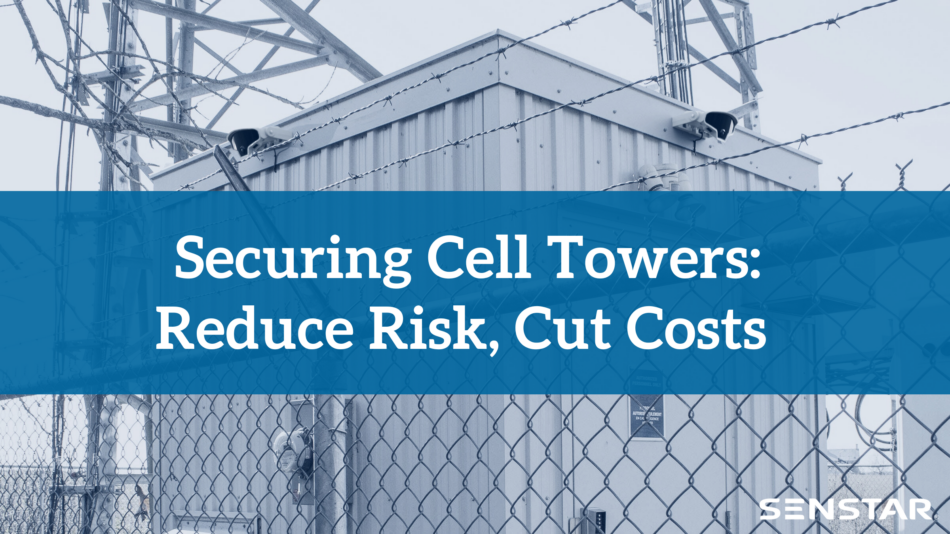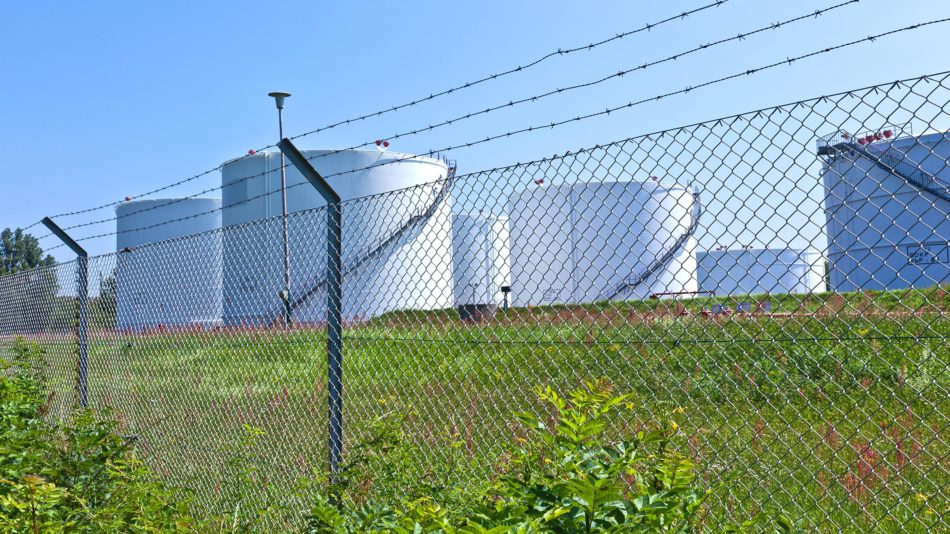Critical Infrastructure Protection (CIP) refers to the strategies, policies, and measures implemented to safeguard and secure the essential assets, systems, and networks that are vital to a nation’s security, economy, public health, and safety. Critical infrastructure includes physical and digital assets of the following sectors:
- Chemical Sector
- Commercial Facilities Sector
- Communications Sector
- Critical Manufacturing Sector
- Dams Sector
- Defense Industrial Base Sector
- Emergency Services Sector
- Energy Sector
- Financial Services Sector
- Food and Agriculture Sector
- Government Facilities Sector
- Healthcare and Public Health Sector
- Information Technology Sector
- Nuclear Reactors, Materials, and Waste Sector
- Transportation Systems Sector
- Water and Wastewater Systems Sector
These sectors are considered essential because their incapacitation or destruction would affect national security, economic security, health, and safety.
Critical infrastructure protection aims to prevent or minimize the impact of potential threats, such as cyberattacks, natural disasters, and terrorist activities. This is achieved through risk assessment, information sharing, vulnerability reduction, incident response planning, and continuous improvement.
CIP often involves cooperation between government agencies, private sector organizations, and international partners to ensure a coordinated and comprehensive approach. This collaboration helps to identify potential vulnerabilities, develop best practices, and establish resilient systems to prevent or recover from incidents that could disrupt or damage critical infrastructure.
Risk Management and Critical Infrastructure Protection
Mitigation of risk for any critical infrastructure protection objective is based on prioritization and allocation of resources which are often limited. Risk assessments will serve to improve any of these objectives. Although critical infrastructure sectors may vary from country to country, the main objectives of their perimeter security protection include:
Detect
Detect activity along the perimeter, inside and out. Receive early warning of approaching people or vehicles and detect unauthorized perimeter and border breaches. Receive warning of unauthorized entry at the perimeter and other sensitive outdoor areas.
Deter
Deter would-be intruders through the systematic deployment of security fences, security lighting (both internal and along the perimeter), signage, two-way intercoms, and other security mechanisms. Avoiding incidents in the first place is always the best outcome.
Delay
Delay intrusions by keeping the perimeter fence and any outrigging well-maintained. For buildings, ensure all doors are properly reinforced with high-quality anti-tamper hardware. The greater the delay, the greater the chance security forces can respond before damage, theft, or personal injury can occur.
Assess
Deploy security CCTV cameras with high quality video to ensure security staff can easily observe an incident (and ideally identify the individual involved). As thermal and low-light cameras are ill-suited for identification purposes, proper security lighting is essential for proper assessment.
Ensure that the video management software is suitable for managing large camera deployments and able to direct staff attention to key events. Respond effectively to security and operations events using critical information obtained from sensors and surveillance systems. Centralize management of security and surveillance systems.
Communicate
Communicate with security forces and provide information critical for a coordinated response. Critical information may include live video or still images communicated over mobile networks, location information, and frequent updates. Communication also includes ensuring staff have a documented process to follow, ideally closely linked to specific security events.
Respond
Follow documented procedures to assess, interrupt and/or apprehend an intruder. The most typical response is to dispatch security personnel and notify law enforcement, but a response may also include transforming information into business intelligence by collecting data on processes to identify trends and issues, gathering intelligence about operations, crowds, left items, vehicles, suspicious behavior, and persons of interest.
Key to the success of any security technology is how well it integrates with the day-to-day operations of the organization:
- Integrate – Streamline operations by integrating intrusion detection, video surveillance, and access control.
- Protect – Keep staff safe by equipping them with personal duress devices.
- Maintain – Ensure system confidence with field-proven equipment that is simple to operate and maintain.
What Senstar Offers
Senstar has been protecting critical infrastructure around the world for more than 40 years.
Check out how Senstar is helping to secure facilities in our four key markets – Utilities (Electrical, Communications, Water), Logistics, Corrections, and Energy.



